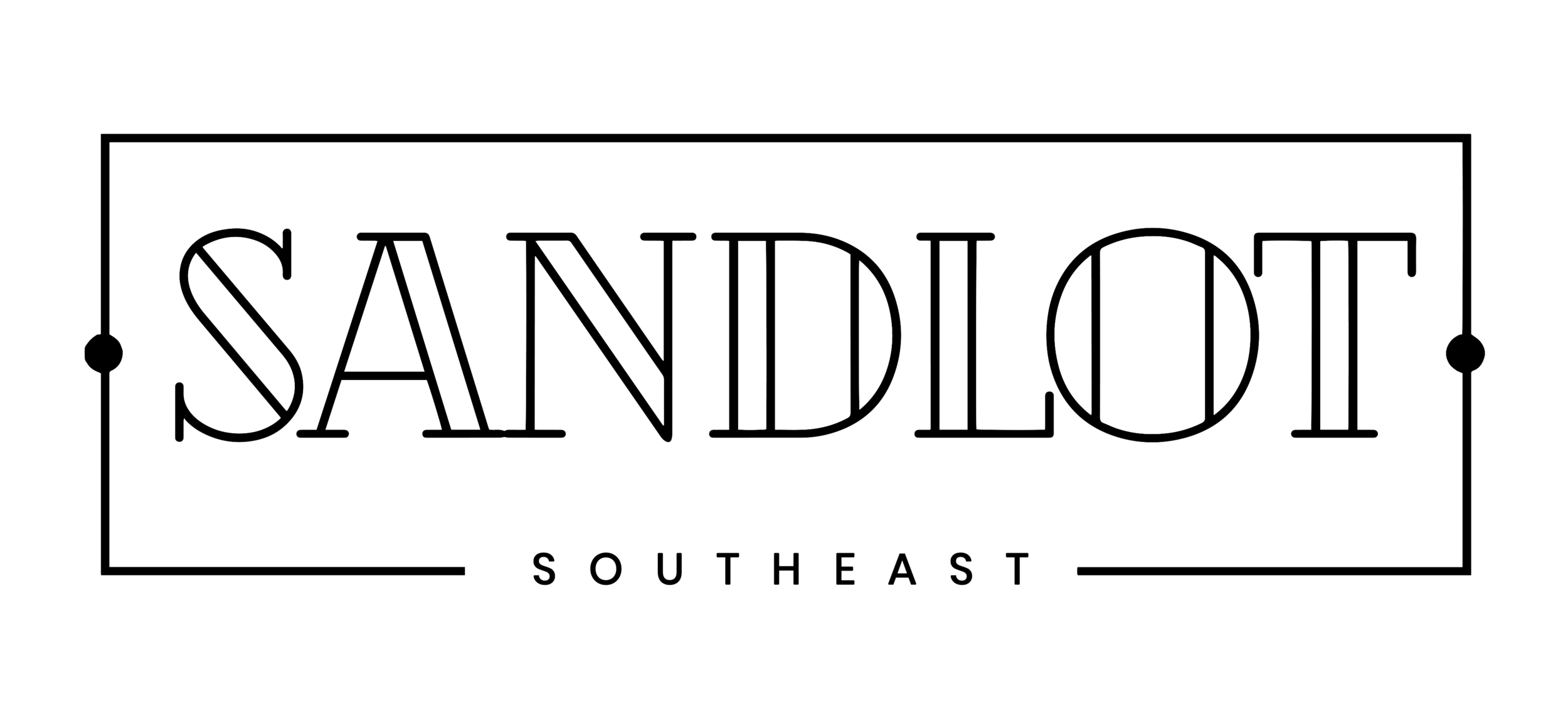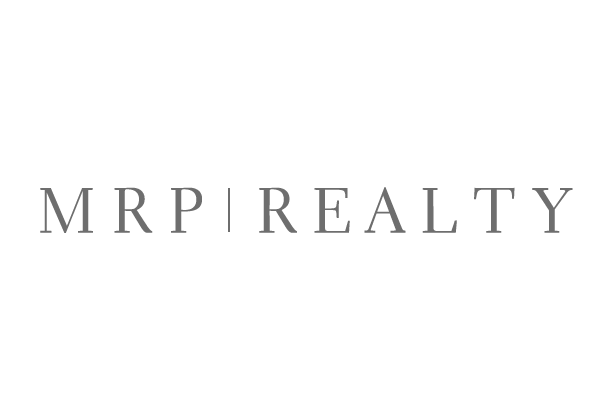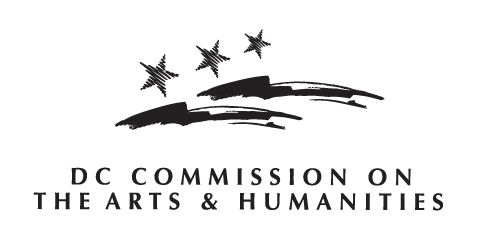Mobile Art Gallery
When We Gather by Florine Démosthène and Atsu Numadzi
Magie dans le Bois by M. Florine Démosthène
A collaborative exploration highlighting the cultural significance of flag making in military campaigns, clan identity, spirituality, and storytelling.
Attendance Details
Dates: Friday, July 9 - Sunday, September 5
Pop-Up Shop: Saturday, August 21 from 1-5pm
Gallery Hours (subject to change): Thursday/Friday from 4-8pm and Saturday/Sunday from 12-6pm
Location: Sandlot Southeast (Get Directions)
Hosted by Sandlot Southeast, in partnership with MRP Realty
Exhibit Information
“When We Gather…” is a visual arts installation highlighting the cultural significance of flag making in military campaigns, clan identity, spirituality, and storytelling. Démosthène and Numadzi will examine this mode of expression and cultural links between Haïti and the Eѵeawó people of Ghana, Togo, and Bènin.
Démosthène will use the history of Haïti’s battle for independence as a departure point for this project, particularly the role that women served. In January 1804, after a decade of revolution, Haïti liberated itself from European colonizers and emerged as the first post-colonial Black-led republic in the world. One of the women portrayed in Démosthène’s work is the warrior Victoria Montou aka Gran Adbaraya Toya. Gran Toya, originally from the Kingdom of Dahomey in modern Bènin, is credited with teaching hand-to-hand combat and knife throwing to Haïti’s founding father Jean Jacques Dessalines.
Numadzi will investigate the historical symbology used by the Aƞlo Ewé people (one of 13 clans of the Eѵeawó) throughout military campaigns and festivals. The Ewé migrated from Egypt to Sudan to Bènin and Ghana. Their cultural symbols represent what they brought from all these places into Ghana, and who they are presently. For example, the flag is a symbol of strength, militancy, and togetherness representing the unified power of the clan and its supreme king. Numadzi, a prince himself, draws on his lineage and kingship to create his flags for the installation.
COVID Safety Measures
As we return to in-person programming, its important that we’re prioritizing the health of CulturalDC staff, artists, and audiences. Our team is fully vaccinated. We will continue to update our protocols to keep up with the latest regulations and vaccine rollout.
Masks Requested for all Guests
Limits on Gallery Occupancy
Gbↄta by Atsu Numadzi
About M. Florine Démosthène
“There’s nothing in Haïti where a woman is not prominent,” said M. Florine Démosthène. “Unfortunately, all the images we have of the revolution are from a very European perspective. When they do depict someone who is clearly of African descent they depict them in a bad way. With Gran Toya, she’s depicted in a dress. She trained in combat though, and the Dahomey warriors would fight naked because it’s easier to fight nude than fully clothed. So, all my portraits are nude. I want to see how people react towards this depiction of women in the revolution, because the false, but widely-accepted pictures are something I’ve always questioned.”
M. Florine Démosthène (Flo·reen Day·most·ten) was born in the United States and raised between Port-au-Prince, Haiti and New York. Démosthène earned her Bachelor of Fine Arts from Parsons School for Design in New York and her Master of Fine Arts from Hunter College-City University of New York. She has exhibited extensively through group and solo exhibitions in the USA, Caribbean, UK, Europe, and Africa, with recent solo shows including, Between Possibility and Actuality at Mariane Ibrahim Gallery Chicago, a solo booth exhibition with Mariane Ibrahim Gallery at the The New York Armory Fair and The Stories I Tell Myself with Gallery 1957, Accra. She is the recipient of a Wachtmeister Award, Tulsa Artist Fellowship, Arts Moves Africa Grant, and a Joan Mitchell Foundation Grant. She has participated in residencies in the USA, UK, Slovakia, Ghana, and Tanzania. Her work can be seen at National Museum for African American History and Culture, Africa First Collection, University of South Africa (UNISA), Lowe Museum of Art, Hessler Museum of Art, PFF Collection of African American Art and in various private collections worldwide.
About Atsu Numadzi
“Within my flag, you can see there is a broom,” said Atsu Numadzi. “There’s a proverb in my language that says if you take one broom you can break it, but if you put two or four sticks together, it’s hard for you to break. It’s better for us to be together, than to be one person. Togetherness is a key in my culture. Everywhere I go to, I preach that.”
Atsu Numadzi (Aaah·chu Nuu·maah·djee) is a Ghanaian artist whose work explores contemporary ideologies of blackness and West African culture. He was born in the Volta Region (Adidomé) and studied at Ghanatta College of Art and Design. His most recent work, “Africa In Us”, is a community investigation project where Numadzi creates a mixed media portrait that is based on a series of interviews with Southeast residents of Washington D.C. The core of his artwork has involved working with West African immigrants who are employed in the service industry, particularly hair stylists and barbers. He has exhibited in Ghana, Tanzania, and the United States. He is based in Washington D.C./Maryland.








